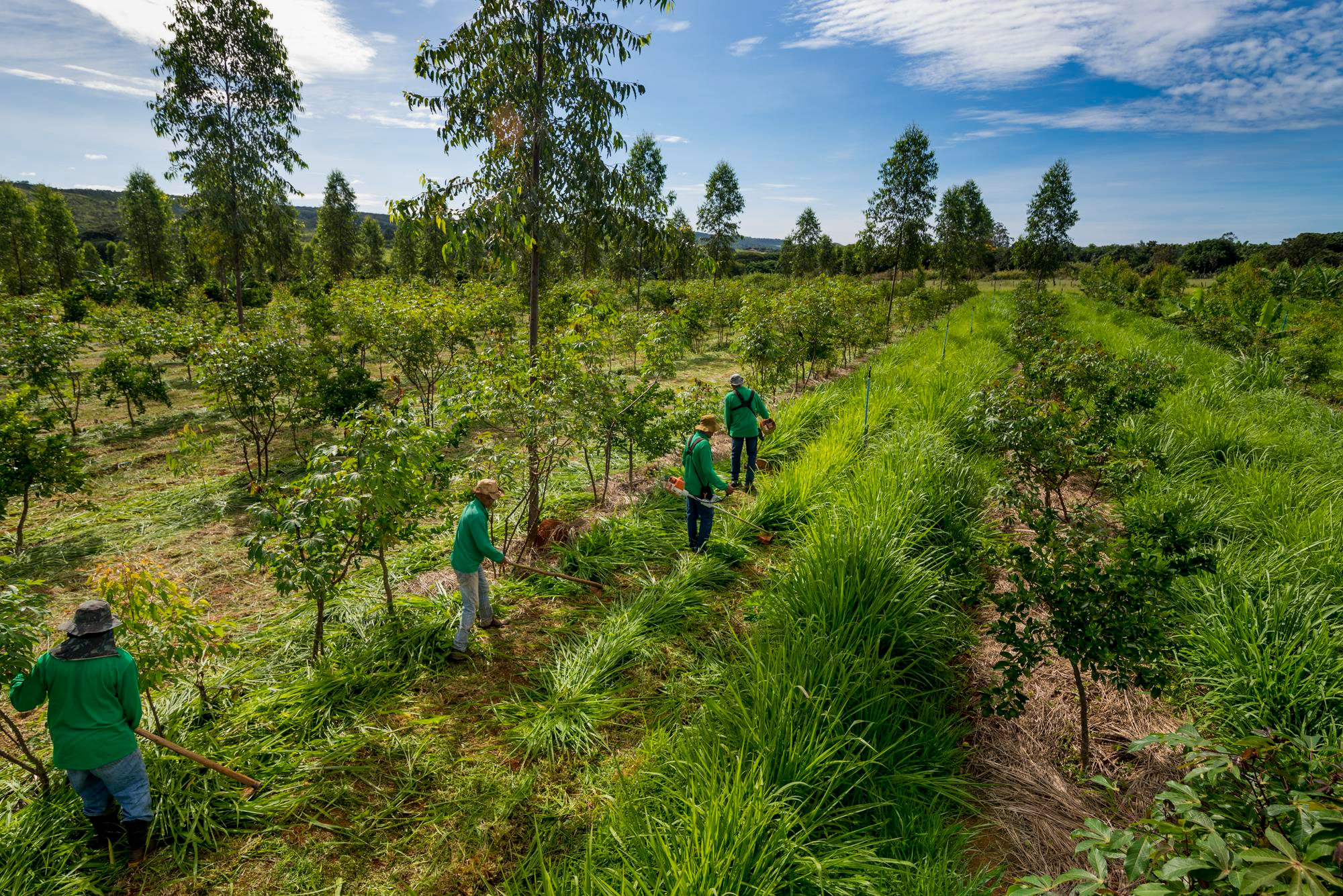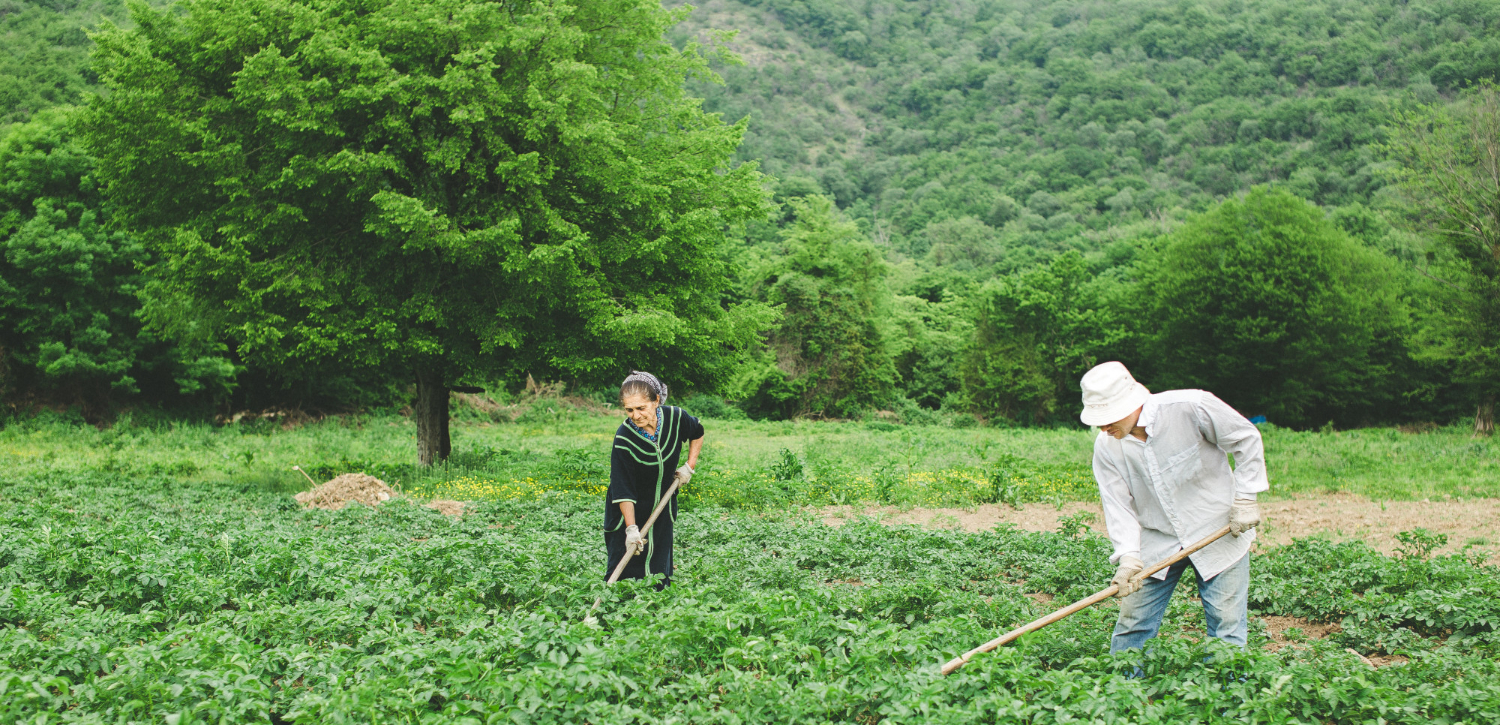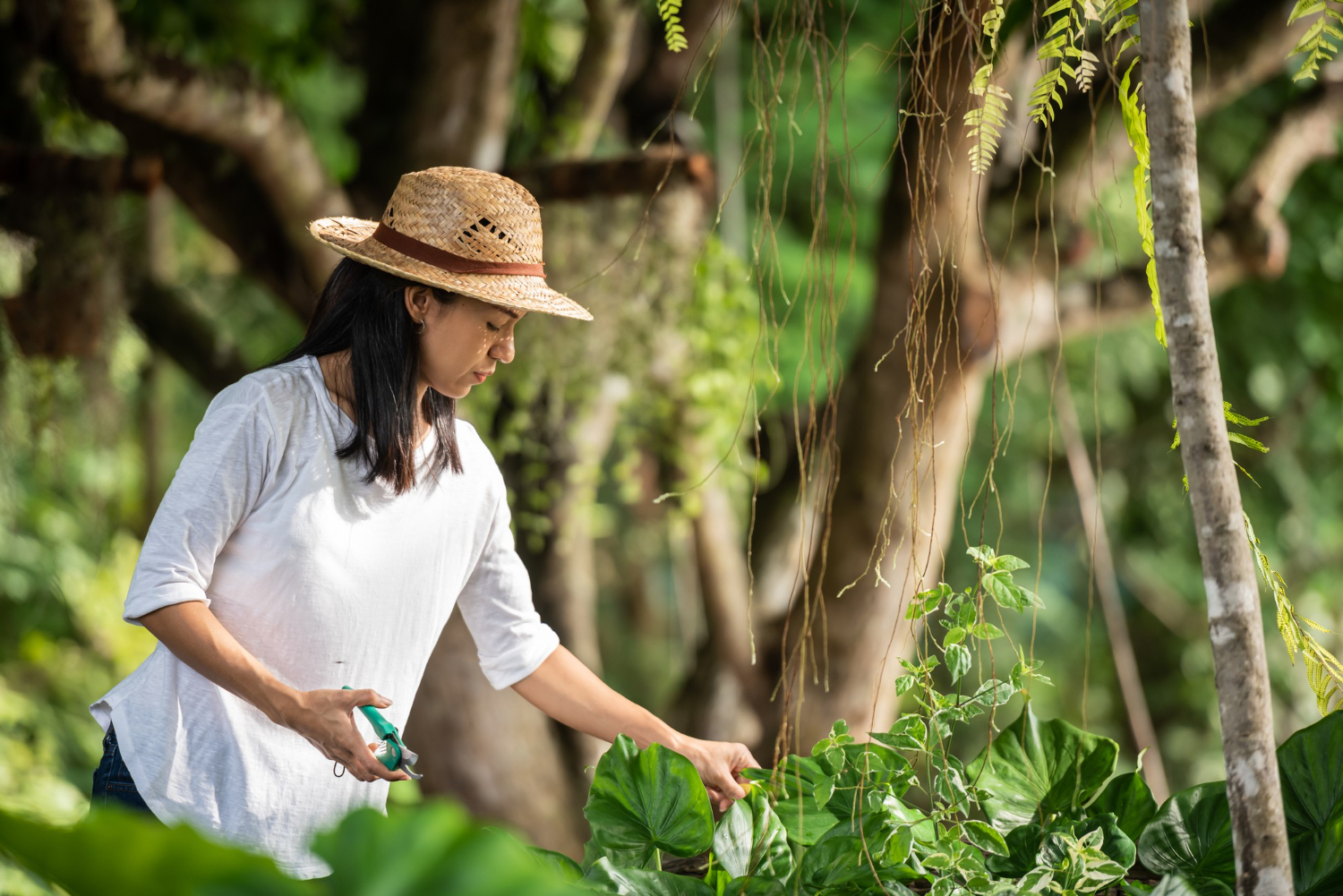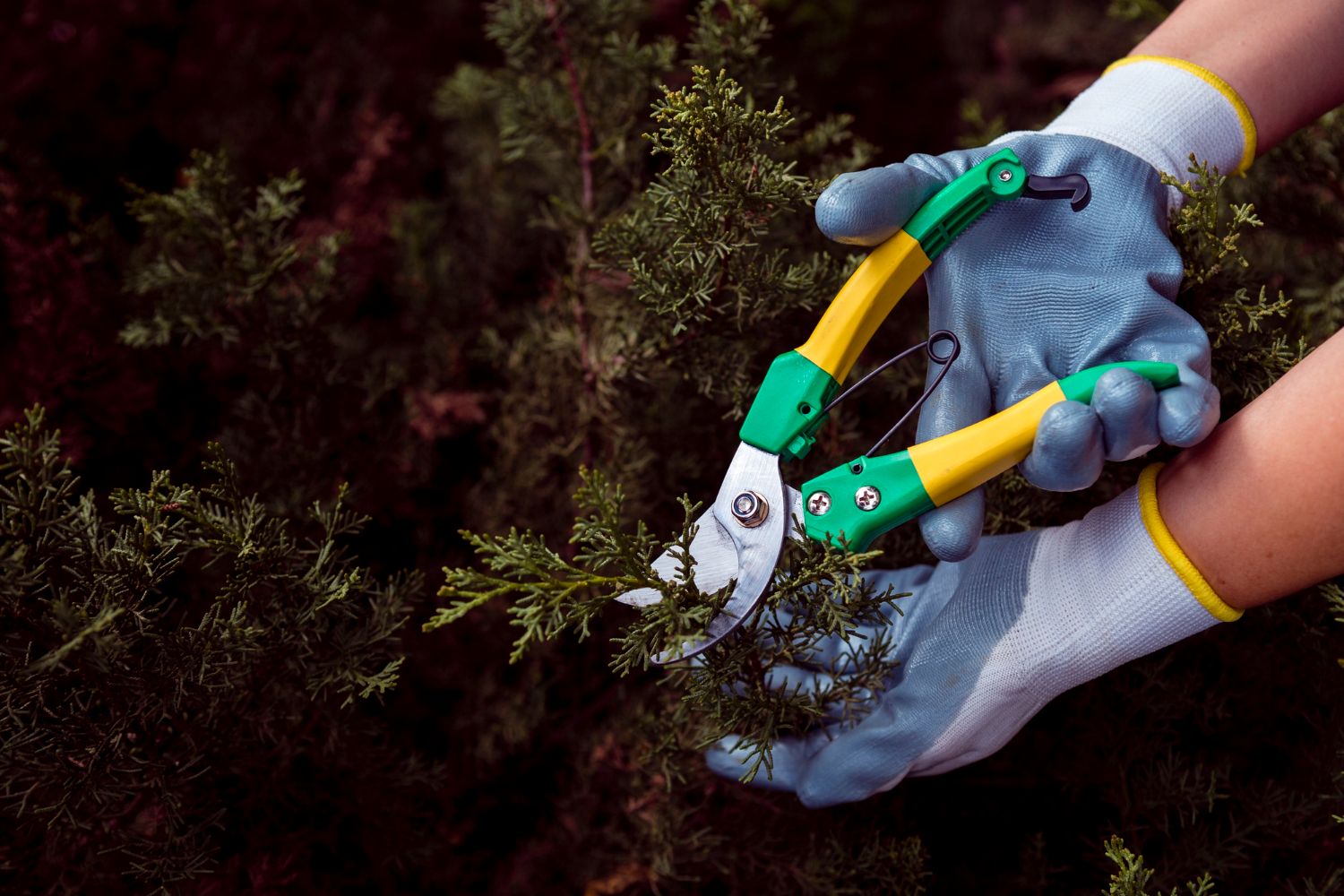Let’s face it—whether you’re managing a rural block, thinking of ways to make your land more productive, or just deeply curious about sustainable farming, you’ve probably wondered: Can trees and crops actually work well together? I had that same question a few years ago, standing on a dry paddock in regional New South Wales, frustrated with soil erosion and unimpressed with single-crop yields. That’s when I first stumbled across the concept of agroforestry.
In this blog, I want to share what I’ve learned in plain, no-nonsense terms. This Agroforestry Overview will give you a clear, honest picture of how integrating trees and shrubs into farming systems can work wonders—not just for the land but also for your bottom line.

What Is Agroforestry, Really?
Put simply, agroforestry is the intentional integration of trees and shrubs into crop and livestock farming systems. Unlike monoculture farming—which can be a bit like putting all your eggs in one basket—agroforestry mixes things up in a way that mimics natural ecosystems.
That might mean planting native trees along fence lines, growing fruit trees between rows of veggies, or letting livestock graze in a well-shaded woodland. It’s flexible, practical, and grounded in common sense.
Why Farmers Across Australia Are Turning to Agroforestry
Before we dive into techniques, let’s look at the why. From my experience—and plenty of chats with farmers across Victoria and Queensland—these are the reasons agroforestry is gaining traction:
- Improved Soil Health: Tree roots help bind the soil, reduce erosion, and increase organic matter.
- Biodiversity Boost: Birds, bees, and beneficial insects thrive in diverse environments.
- Income Diversification: You can grow timber, fruit, nuts, or even bush foods alongside crops or livestock.
- Better Water Management: Trees increase water infiltration and reduce runoff.
- Climate Resilience: Mixed systems are more adaptable to drought, heat, and unpredictable weather.
Sound too good to be true? I thought so too. But once I started planting, I saw these benefits unfold season after season.
Common Concerns: Let’s Clear the Air
If you’re like I was, you probably have a few concerns about trying something new on the land.

Here are the most common questions I’ve heard:
- Won’t trees compete with crops for water and nutrients?
This is a fair question, and it depends on how you design your system. Certain trees—especially deep-rooted ones—actually complement shallow-rooted crops. Strategic spacing is key.
- Isn’t agroforestry expensive to set up?
It doesn’t have to be. Start small. Incorporate local species. Use natural regeneration where you can. Grants and Landcare groups can also lend support.
- Will I still be able to use machinery?
Absolutely. Many agroforestry designs accommodate tractors and harvesters. You just need to plan for access.
- How long before I see results?
Some benefits—like wind protection and erosion control—show up within the first year. Others, like timber or fruit harvests, take longer but offer long-term rewards.
Five Agroforestry Methods That Actually Work
Here are some real-life methods I’ve tried—or seen work well—across Aussie farms:
- Alley Cropping
Planting rows of trees between wide crop alleys. It’s perfect for grains, lucerne, or even vegetables.
Why it works:
- Provides shade without overcrowding.
- Reduces wind damage.
- Adds a future timber or fodder income stream.
- Silvopasture
Combining trees with grazing animals—like sheep, cattle, or goats—in the same space.
What I’ve seen firsthand:
- Healthier stock with better shelter.
- Less soil compaction.
- Shade reduces heat stress in summer, especially for lambs and calves.
- Riparian Planting
Revegetating creek banks and drainage lines with native trees and shrubs.
Benefits:
- Controls erosion.
- Improves water quality.
- Attracts pollinators and native wildlife.
Tip: Use species like Melaleuca or Acacia that thrive in wet zones.
- Windbreaks
Rows of trees or shrubs are planted to protect crops and buildings from wind.

What they do well:
- Cut wind speed by up to 80%.
- Protect topsoil.
- Reduce evaporation, meaning your crops or pasture hold onto more moisture.
- Forest Farming
Growing shade-tolerant crops under a forest canopy—like bush tucker, mushrooms, or herbs.
Example from a mate in the Dandenongs:
He’s growing native finger limes under tall eucalypts. It’s a clever way to stack income sources.
Choosing the Right Trees
Don’t just plant anything. Think about your soil type, rainfall, and long-term goals. Here are some solid options for different regions:
- Eucalyptus camaldulensis (River Red Gum): Tough as nails, great for riparian zones.
- Casuarina cunninghamiana (River Sheoak): Fast-growing nitrogen fixer.
- Acacia species: Great for improving soil fertility.
- Macadamia integrifolia: Adds a tasty income stream in subtropical zones.
Always aim for a mix of species to keep your ecosystem balanced.
What I Wish I Knew Starting Out
When I first dipped my toes into agroforestry, I went in thinking like a traditional farmer—rows, yield, efficiency. But this approach is more like playing the long game. It’s not just about what you get this season, but what the land can give for decades to come.
Here’s what helped me most:
- Join a local Landcare group. The knowledge-sharing is priceless.
- Take a walk on your land before planning. You’ll see wind patterns, water flow, and animal movement that no map can tell you.
- Don’t rush. Start with a trial area. Learn. Then expand.
Tools and Resources I Recommend
To save you time, here are a few things that really helped me:
- Agroforestry in Australia (by Rowan Reid): A brilliant book full of real-world insights.
- The Australian Agroforestry Foundation: Great for workshops and field days.
- MyFarm Planner Tool (NSW DPI): Helps you map out your land for free.
Agroforestry in Action: My First Project
Let me give you a glimpse into how I started. I had a north-facing slope that was constantly losing topsoil. I planted alternating rows of Casuarina and Acacia with strips of pasture in between. I let the sheep graze those strips during cooler months and rested them in summer. Within two years, erosion slowed, the grass grew thicker, and I had better lamb survival thanks to the added shade.
No fancy consultants, just a bit of trial and error—and a willingness to think beyond tradition.

Want to Give Agroforestry a Go?
If your gut is telling you it’s time to try something more sustainable, more diversified, and more resilient—listen to it. Agroforestry isn’t some trendy buzzword. It’s an old idea that works surprisingly well in our modern, unpredictable farming world.
Got questions? I’d love to hear what you’re thinking. Drop a comment below and tell me about your land. Have you tried any tree-based methods? Or maybe you’re just curious about where to start?
Share this guide with a friend or neighbour who’s been talking about improving their block—because good ideas grow better when shared.
